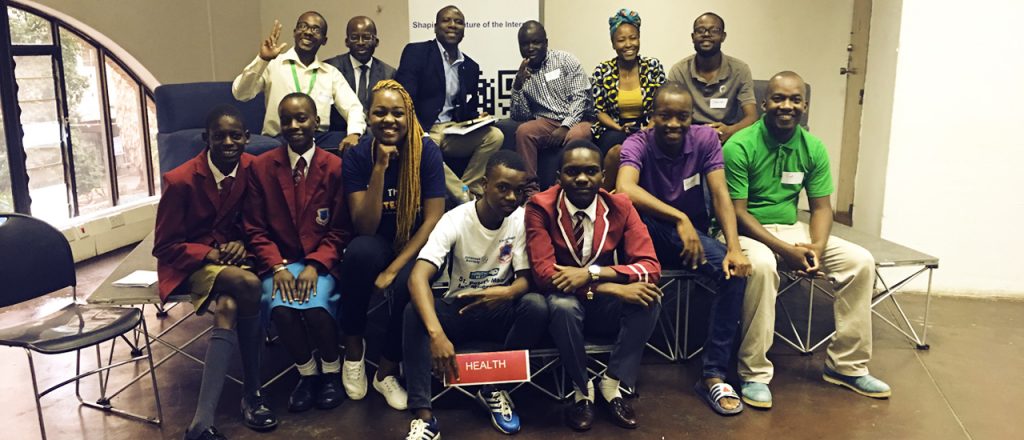Why does Mellanox have four potential suitors?
It looks like Microsoft is looking to give itself the gift of networking in the form of an acquisition — Mellanox. But it may have to get in line.An Israeli financial publication called TheMarker reports that Microsoft not only has an interest in acquiring the network chip maker, but it also has reportedly engaged Goldman Sachs to handle negotiations. The rumors first popped up before Christmas, and understandably there has been little activity since.But Microsoft may not be the only vendor looking to grab Mellanox. Data Centre Dynamics in the U.K. reported last month that three other firms — Xilinx, Intel, and Broadcom — could also be interested in acquiring the company. As far back as October, CNBC was reporting that Mellanox was looking for a buyer.To read this article in full, please click here
 AT&T deploys white box cell-site routers in production; VMware CEO lists his top 3 priorities; Huawei's CFO is arrested.
AT&T deploys white box cell-site routers in production; VMware CEO lists his top 3 priorities; Huawei's CFO is arrested. Alphabet’s share of network and IT capex beat the two top cloud providers Amazon and Microsoft for the 12-month period ending Q3 2018.
Alphabet’s share of network and IT capex beat the two top cloud providers Amazon and Microsoft for the 12-month period ending Q3 2018. William Plummer, Huawei’s former VP of external affairs, said that company needs to diversify its leadership and not solely rely on Chinese nationals in its relations with the U.S.
William Plummer, Huawei’s former VP of external affairs, said that company needs to diversify its leadership and not solely rely on Chinese nationals in its relations with the U.S.

 The $26 billion deal sits about halfway through the FCC's informal timeline for its review process.
The $26 billion deal sits about halfway through the FCC's informal timeline for its review process. Some sources told the Wall Street Journal that Ericsson and Nokia have been slow to capitalize on Huawei’s woes.
Some sources told the Wall Street Journal that Ericsson and Nokia have been slow to capitalize on Huawei’s woes.
 A collaborative approach from service providers might yield better results than one that seeks to disempower the vendors.
A collaborative approach from service providers might yield better results than one that seeks to disempower the vendors.




 Threat researchers linked Ryuk to the North Korean state-sponsored Lazarus Group believed to be behind the WannaCry attack.
Threat researchers linked Ryuk to the North Korean state-sponsored Lazarus Group believed to be behind the WannaCry attack.